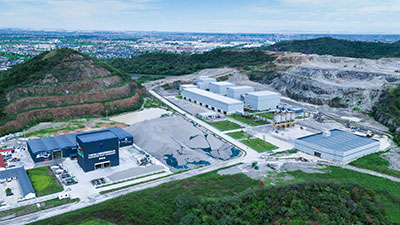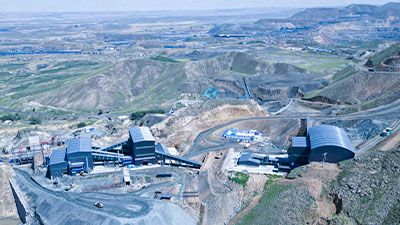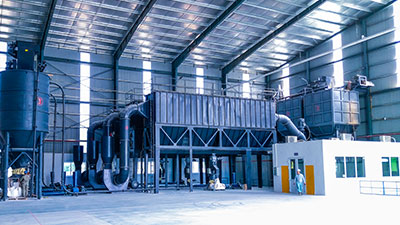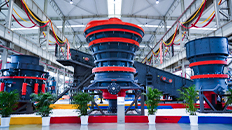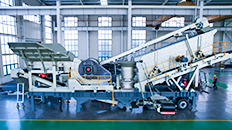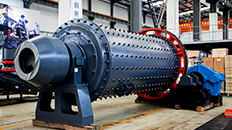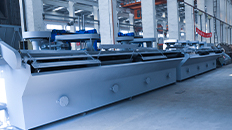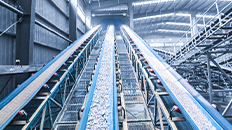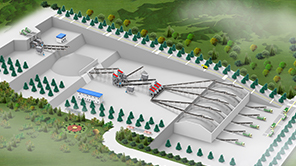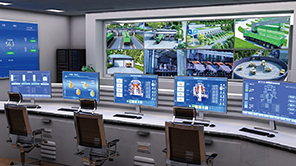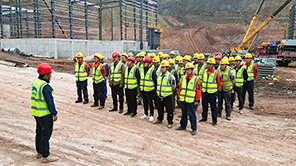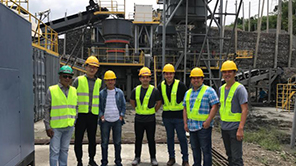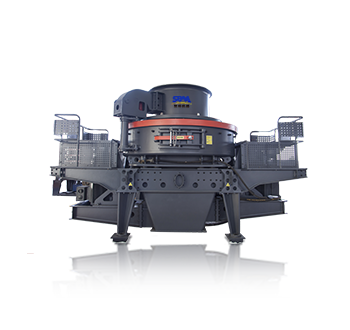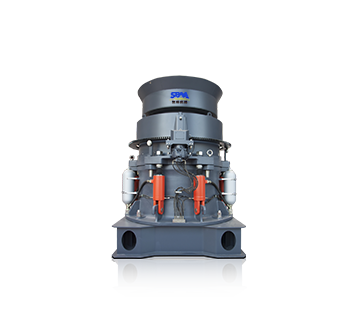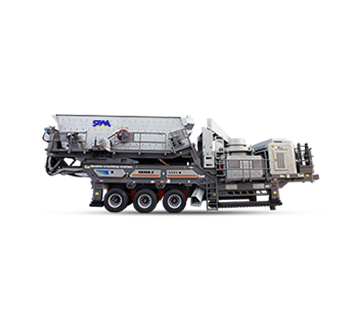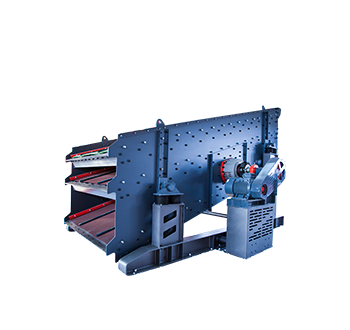Summary:Mobile crusher technology is revolutionizing C&D waste management by delivering a turnkey mobility platform that boosts recycling rates while minimizing environmental impacts and costs.
Construction Waste Recycling
In today's increasingly sustainable construction landscape, managing the staggering volumes of demolition and construction waste has become a critical challenge for builders and project managers. Traditional approaches to waste disposal are no longer viable, as landfills reach capacity and environmental regulations tighten. Recognizing this pressing need, leading equipment manufacturers have developed pioneering mobile solutions that are transforming the way the industry addresses construction waste.
At the forefront of this revolution is the advanced mobile construction waste recycling plant. Designed to be easily transported and rapidly deployed on-site, these self-contained systems provide a turnkey solution for processing a wide range of waste materials, including concrete, bricks, tiles, and asphalt. Equipped with robust crushing and screening technologies, the plants can efficiently reduce the size of bulky waste items, allowing them to be repurposed as high-quality recycled aggregates.

The mobile crusher eliminates the need for lengthy and costly waste transportation, while also reducing the environmental impact associated with traditional disposal methods. By minimizing waste movement, these mobile plants help construction enterprises enhance their sustainability credentials and comply with evolving regulatory requirements.
To explore the transformative capabilities of this innovative equipment in greater detail, let's delve deeper into the advanced features and technologies that define the mobile crusher and its role in revolutionizing construction waste management.
Components of Mobile Construction Waste Crusher
The mobile crusher consists of vibrating feeder, stone crusher, screening system, material sorting equipment, belt conveyor and self-propelled capability integrated on a single platform. With the addition of a movable chassis, the whole production line becomes mobile.
Vibrating Feeder
Directly feeding construction waste into the crusher would impact it unevenly over time. A vibrating feeder is installed before the crusher to evenly feed materials. Vibration spreads the material out to gradually enter the crusher, allowing smaller particles to screen through the bars.

Stone Crusher
In the mobile crushing station, the stone crusher is the core component, and crushing and processing construction waste is its main task. Medium hardness materials are the main characteristics of construction waste, with low viscosity and no excessive moisture content requirements. Therefore, it is necessary to ensure that equipment required for stone crushing will be used in mobile crushers for construction waste recycling.
In order to improve the performance of recycled aggregates, granular materials should be broken out to effectively reduce the content of flake materials and ensure that the particles can be evenly distributed. Therefore, the performance, efficiency and material size of the crusher must be controlled according to the corresponding standards and scope.

Vibrating Screen
In order to produce high-quality recycled aggregates, if it is difficult to complete the primary crushing as required, secondary crushing must be carried out. This requires a screening system to screen larger particles of concrete blocks before sending them to the crusher. It is conveyed in the middle and crushed again to ensure that the construction waste can be effectively crushed and processed.

Material Sorting Equipment
A lot of debris exists in construction waste, especially a lot of scrap iron wire and scrap steel bars in reinforced concrete. Therefore, it is necessary to set up a debris sorting device in a mobile crusher to separate scrap iron wire and scrap steel bars. The impact of recycled concrete aggregate properties is reduced.
Self-propelled Device
Tire-type and crawler-type traveling mechanisms are two important types of traveling mechanisms in mobile crushing stations. The tire-type running mechanism is convenient for walking on ordinary roads, has a small turning radius, and can quickly move into the construction site. The equipment has high flexibility and saves time.
The crawler-type walking mechanism can walk smoothly, has a low ground pressure, and can effectively adapt to wetland and mountain environments. Fully hydraulic drive systems are usually applied, which have high reliability and large driving force.

Benefit of Mobile Construction Waste Crusher
Flexible and Save Time
The mobile crusher can directly arrive at the mining site and is not affected by changes in the site. It can start operations after completing the work position adjustment in a short time. Due to its small size, the mobile crusher is especially suitable for places with narrow crushing sites. At the same time, it eliminates the cumbersome steel frame structure and foundation construction during crushing, saving a lot of time.
Integrated Complete Unit
The integrated unit equipment installation form eliminates the complicated site infrastructure installation work of separate components and reduces the consumption of materials and man-hours. It is a production line that integrates material receiving, crushing, conveying and other process equipment. The reasonable and compact space layout of the unit improves the flexibility of site deployment.
Reduce Material Transportation Costs
The mobile crusher can process materials on-site without having to move the materials away from the site for processing, which greatly reduces the transportation cost of materials.
Flexible Combination and Complete Functions
Equipped with corresponding equipment according to the actual production requirements of the user, various combinations can be made to form a "crushing first and then screening" process, or a "first screening and then crushing" process, and can be combined into a two-stage crushing and screening system of coarse crushing and fine crushing. It can also be combined into a three-stage crushing and screening system of coarse crushing, medium crushing and fine crushing, and can also be operated independently, providing great flexibility.

